
What are Louvers, & How Do They Work?
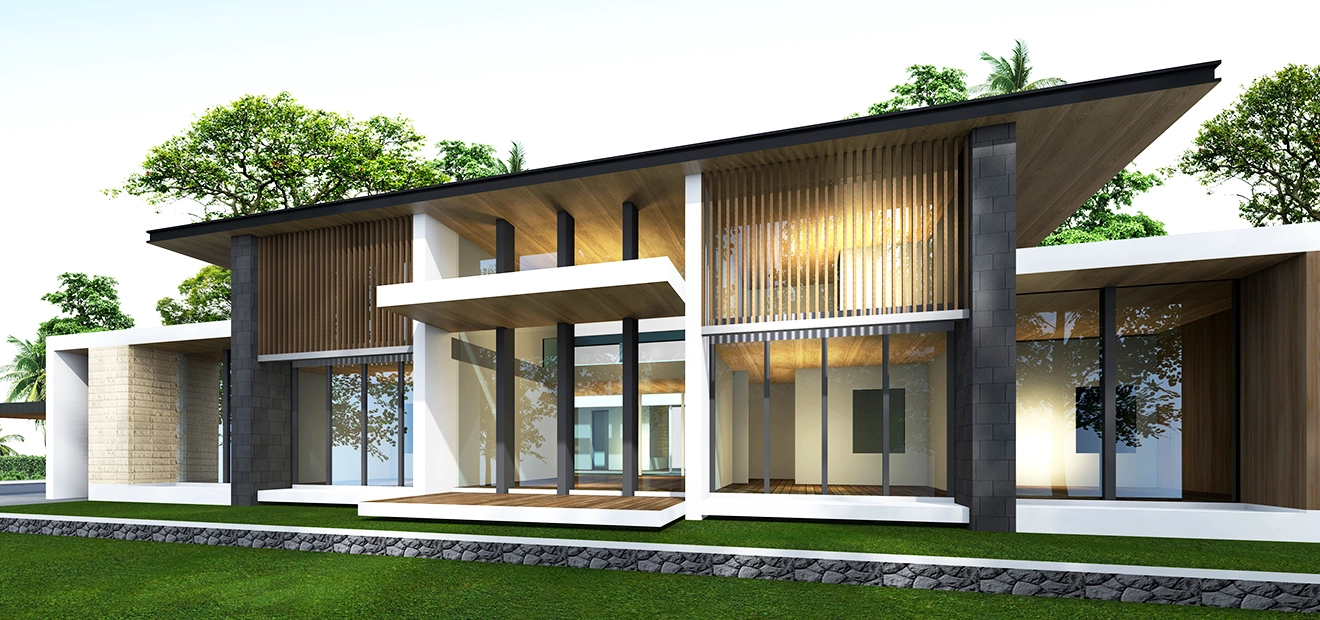
A versatile solution to make your space eye-catching.
Louvers are claddings used in buildings. These facades have slats spaced or adjoined to give them different appearance and qualities.
Louvers are a foremost choice of architects when building an elegant space due to their versatility and durability.
What are louvers made of ?
The manufacturing of louvers involves using materials like wood and fibreglass; one material that stands out is aluminum.
Aluminium adds durability to these panels. Moreover, it is lightweight and robust.
Alstone louvers feature an aluminum core that goes through thorough testing to deliver unrevealed quality.
Types
Louvers come in various designs, each with different functionalities. Here are the common ones:
Traditional louvers - These louvers have slats that are adjoined. They come in multiple shades that can be customised as per needs.
Fin louver - These louvers are crafted to optimise airflow with parallel vertical slats; they reduce the dependence on artificial ventilation.
What makes louvers an ideal choice?
When choosing a versatile product that elevates your space, louvers become the apparent choice.
Let’s explore how our louvers add to your indoor environment:
Blocking Blinding Rays - The slats are tilted at tested angles to prevent intense beams of light from entering your home. This removes glare and overheating while allowing soft, diffused light in.
Inviting Fresh Breezes - Fixed horizontal slats at an angle subtly catch and funnel refreshing air currents indoors. The louvers bar direct wind and precipitation.
Maintaining Privacy - Vertical orientations obstruct side views from peering eyes; this allows for one-side viewing.
UV Ray Protection - By blocking direct sun exposure, Alstone’s louvers minimise the passage of skin-damaging ultraviolet light.
Commendable Durability - Constructed from resilient architectural-grade aluminium, these louvers withstand harsh weather like rain, heat, and high winds without wear.
Energy Savings - Passive solar shading lowers air conditioning bills by preventing heat buildup before it starts.
Visual Interest - From modern to traditional, Alstone’s louvers come in various shades that infuse homes with beautiful architectural flair.
Enhanced Comfort - Homes feel peaceful with gentle daylighting, fresh breezes, and less intense heat transfer indoors.
Termite resistance - Alstone louvers keep termites at bay with their advanced chemical coating. Moreover, the durability of these panels helps prevent termites from piercing through.
When do we need louvers?
Buildings have different makeups, and they use louvers depending on their design and functionality.
For example, a vehicle parking area needs good airflow, but it may not need maximum protection from the rain here; fin louvers would be an adequate choice.
On the other hand, a room that contains electrical equipment may require protection from storms and extreme heat; traditional louvers will be an ideal choice.
Choosing the right type of louver for buildings is essential. The choice solely depends on the area where these panels are to be placed.
Louvers with traditional designs can be found in high volumes in Indian households.
Conclusion
If your goal is to make your home an eye-catching space yet durable at the same time, then louvers should be your go-to choice.
The malleability of these panels allows them to fit in tight spaces. Moreover, these can be cut and tailored as per one’s need.
Keep in mind, when choosing louvers for your home, considering the surroundings is crucial. If you reside in an area that hits peak temperatures in summer, then the fin louver would allow ventilation to the space.
If you put up in an area with uncertain climatic conditions, then louvers with a traditional design can do the work.
All in all, louvers make up for a versatile choice when building your dream home.
Recent Featured
-
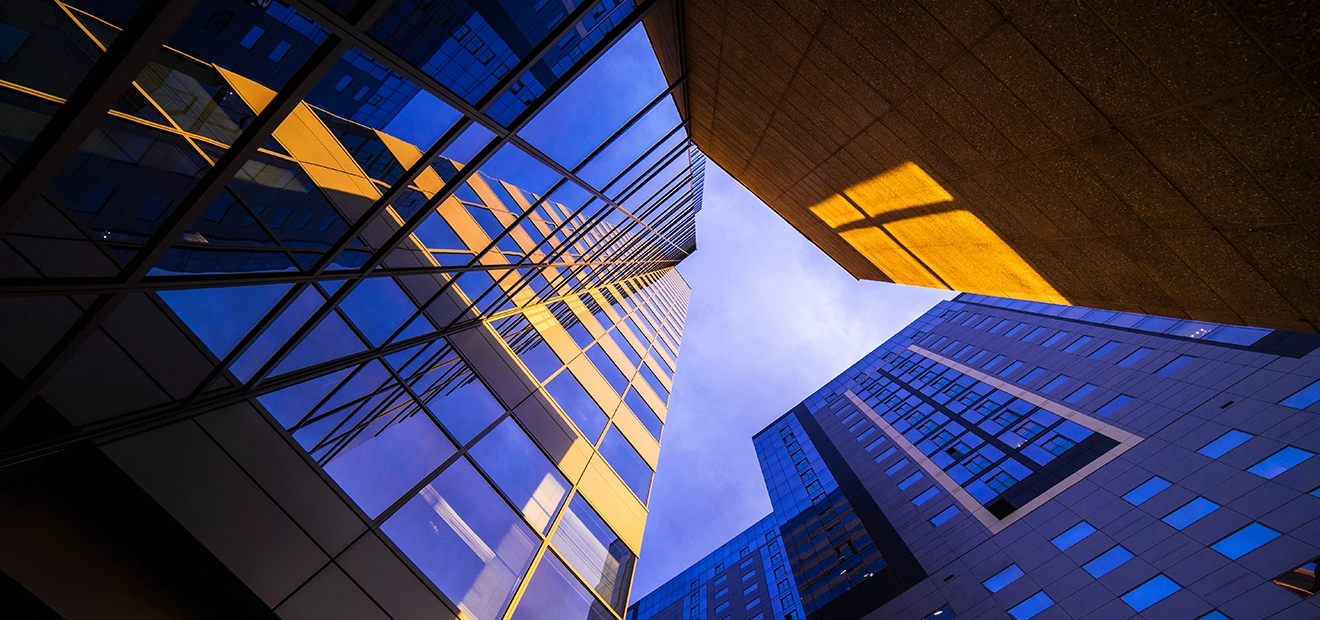
Unlocking the Magic of Aluminium Honeycomb Panels: A Game- Changer for Your Next Project
-
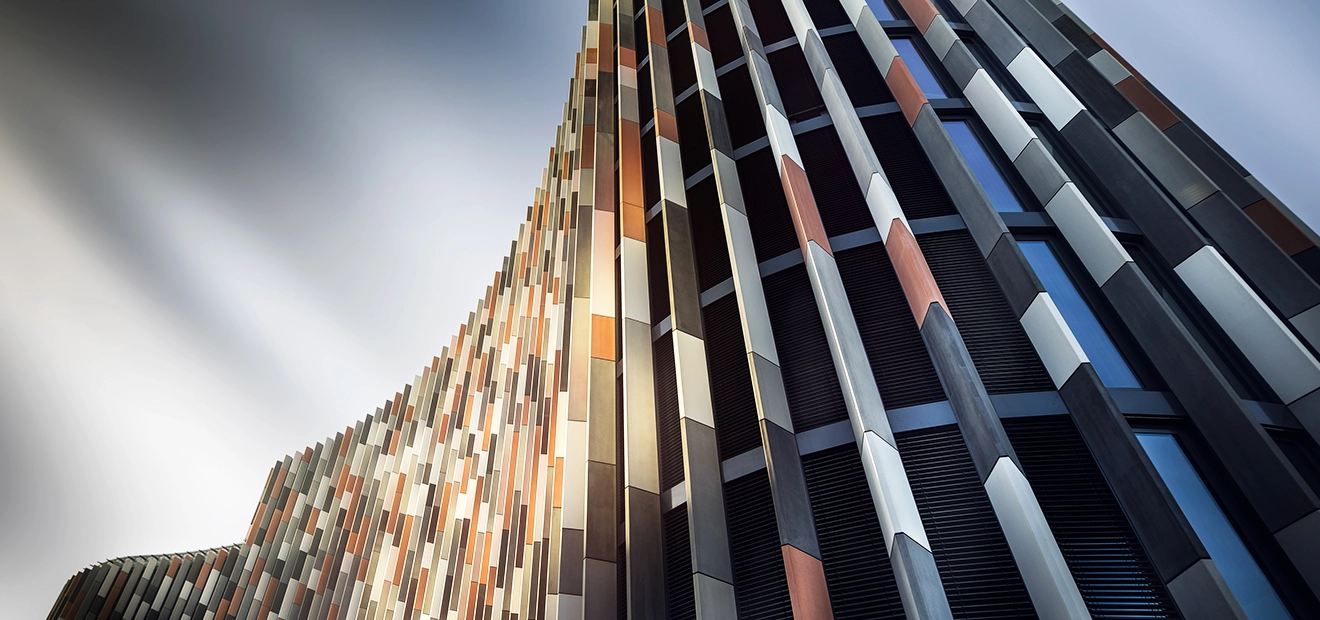
Why Zinc Composite Panels are the Smart Choice for Modern Construction
-
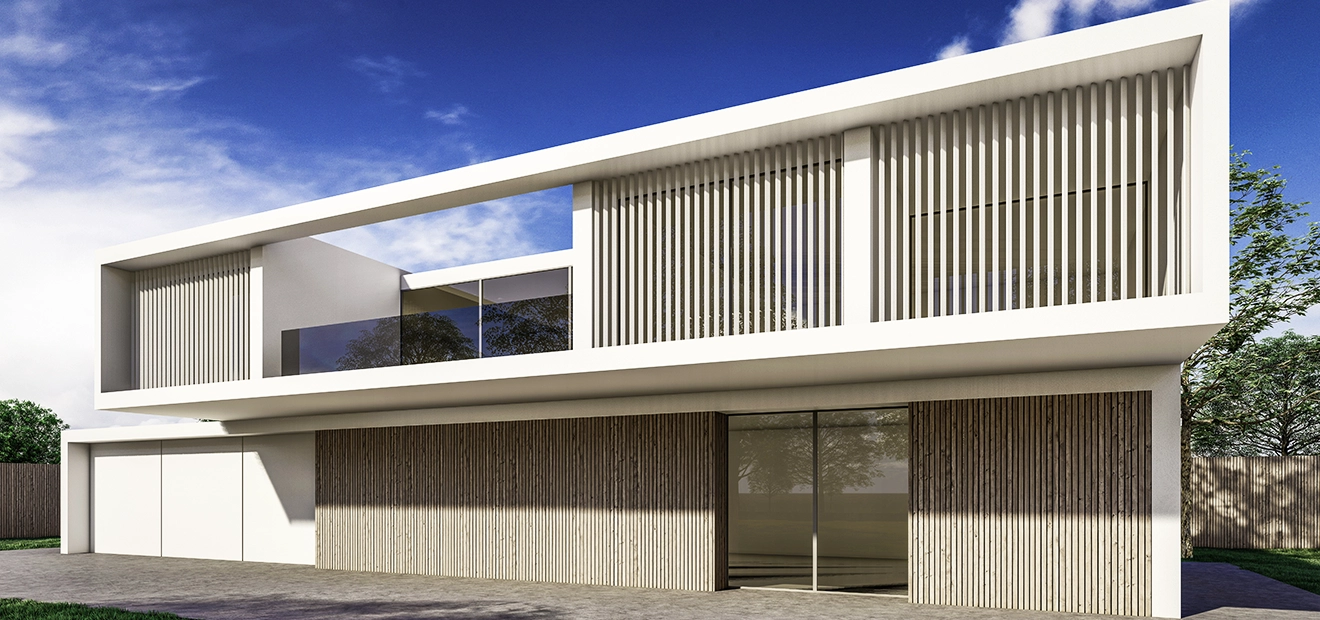
The Ultimate Guide to Louver Selection for Your Home
-
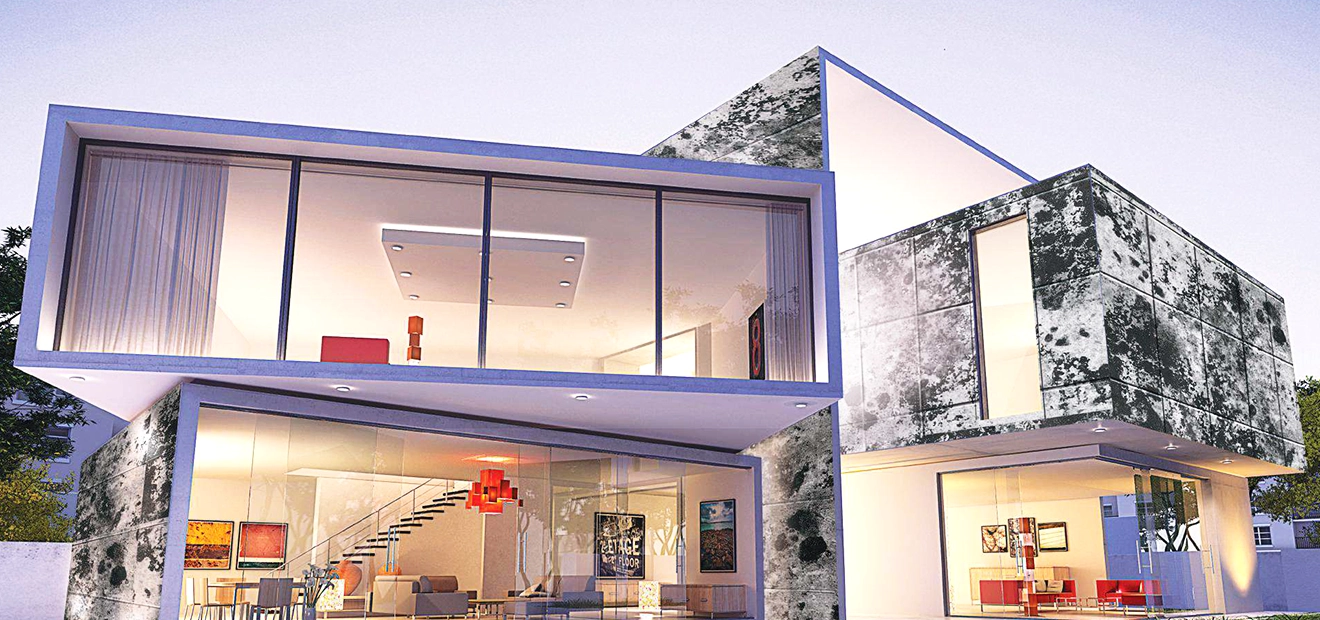
Alstone Antiq: Where Timelessness Meets Innovation
-
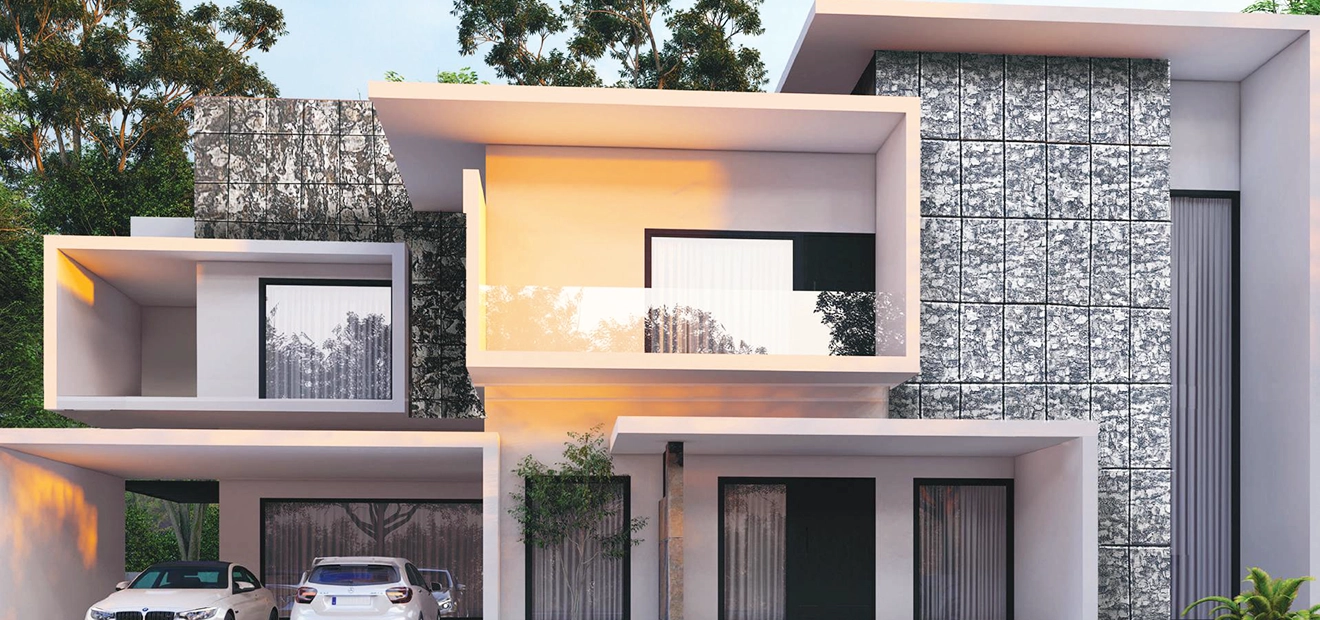
Alstone Stonera Series: A Testament to Timeless Elegance and Durability

